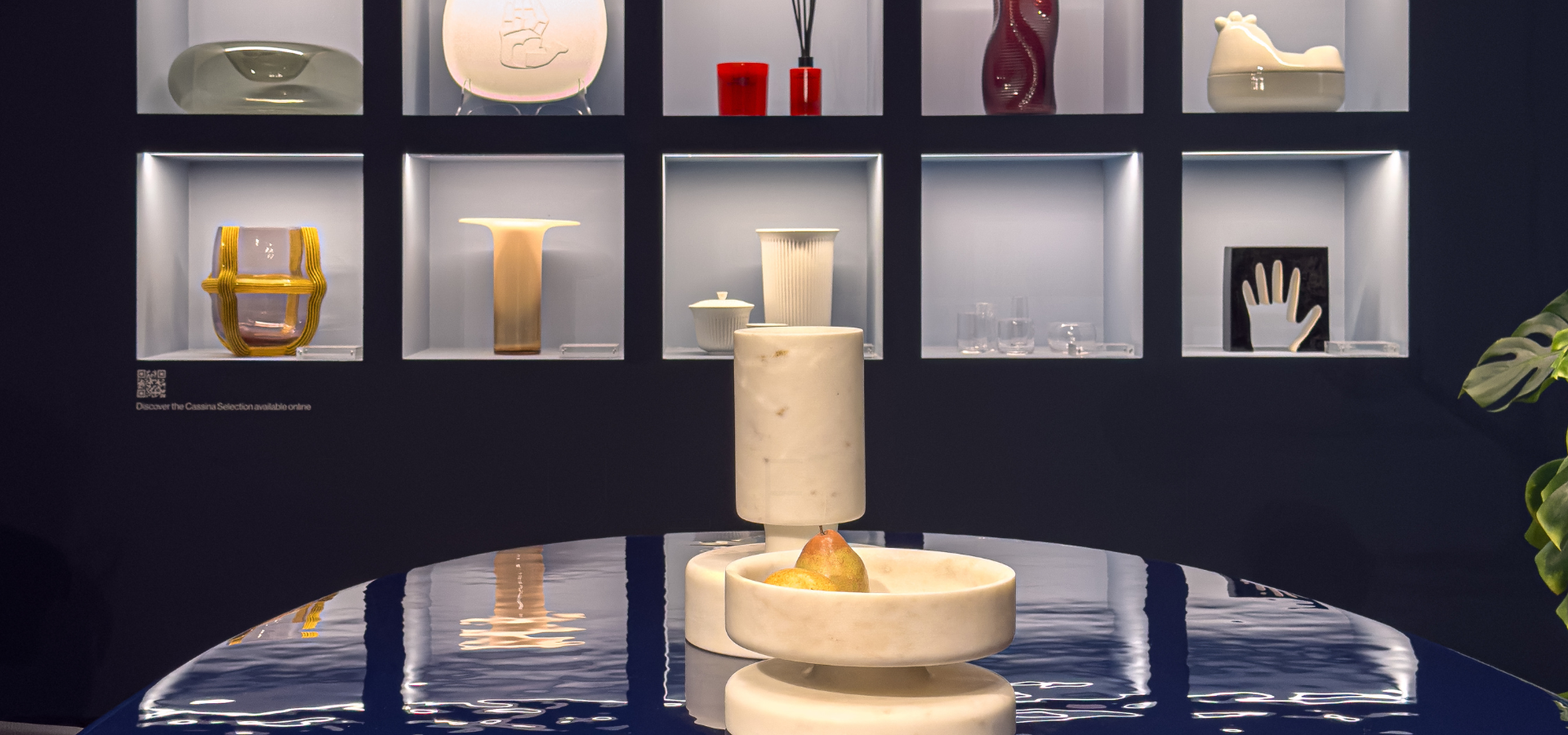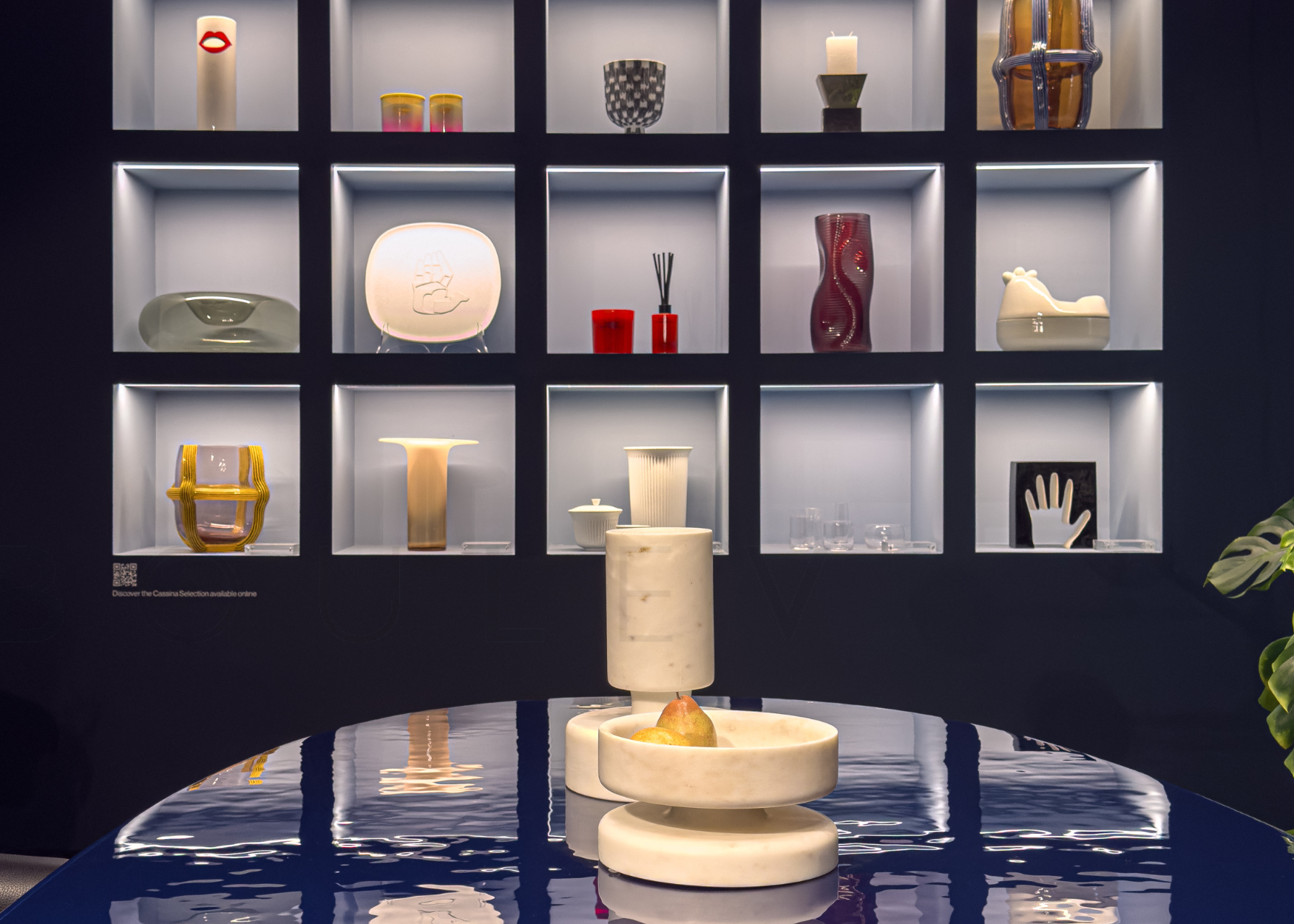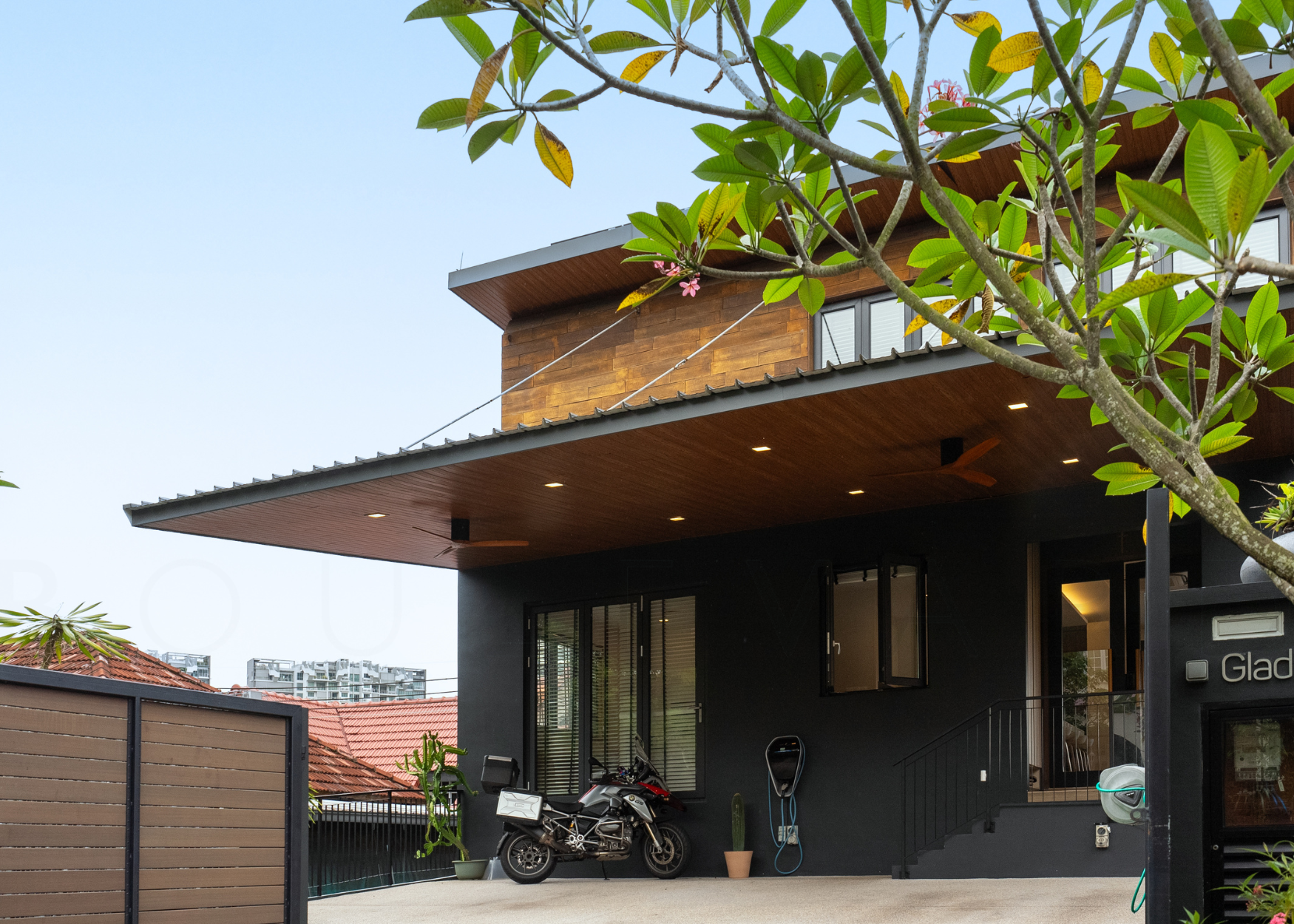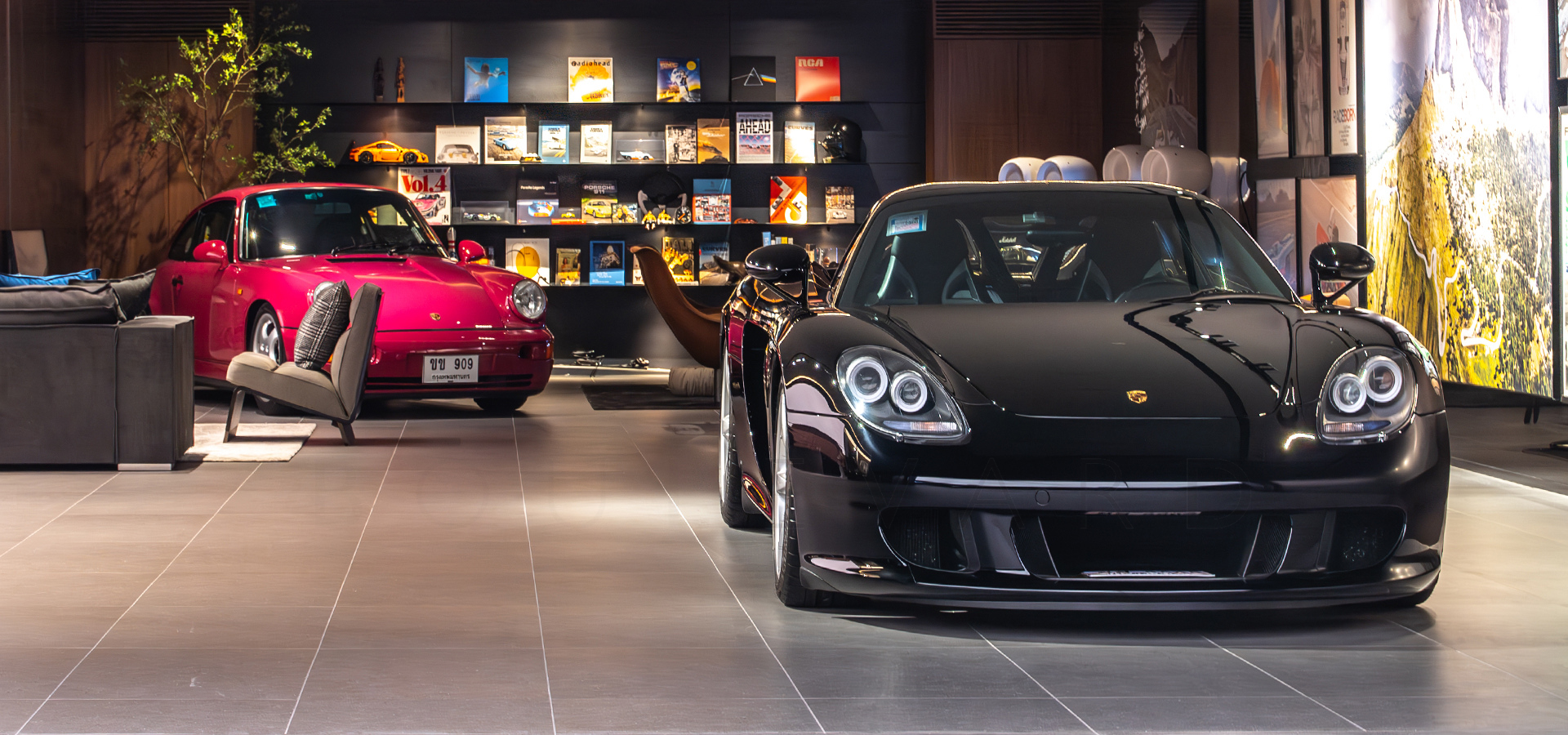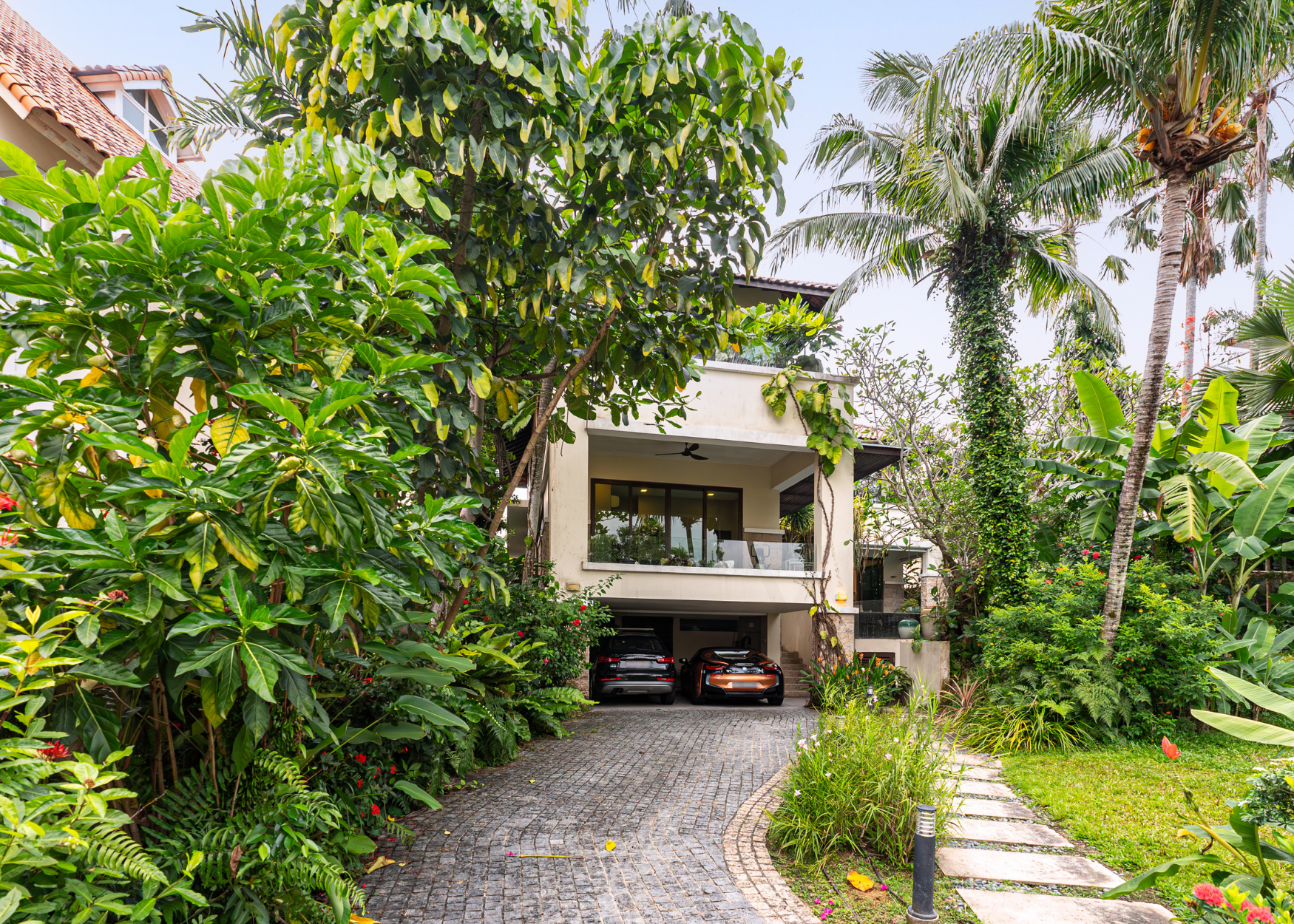The interview: Cassina’s Luca Fuso on timeless design and the revival of archival masterpieces
by Hamish McDougall
Photography by Jin Cheng Wong
Since its inception in 1927, Italian design house Cassina has leaned on founders Cesare and Umberto Cassina’s insistence on artisanal quality and creative control to forge a space where industrial modernism dovetailed with both handcrafted furniture and forward-thinking design. In the 1950s, Cassina began collaborating with pioneering architects and designers such as Gio Ponti, a move that not only expanded their collection, but also redefined the aesthetic and technical potential of contemporary furniture, placing Cassina at the heart of Italy’s postwar design renaissance.
Today, the brand has one of the widest catalogues comprising diverse styles and design icons—anchored by the shared values of artisanry and innovation. At the 2025 edition of Milan Design Week, Cassina showcased a vibrant yet refined palette across both new and archival pieces, including never-before-industrialised models conceived more than 70 years ago. The collection demonstrated how heritage and innovation remain inseparable in Cassina’s approach.
Boulevard sat down with Cassina CEO Luca Fuso, talking through the maison’s enduring values—where timeless design, artisanal excellence and contemporary relevance intersect.
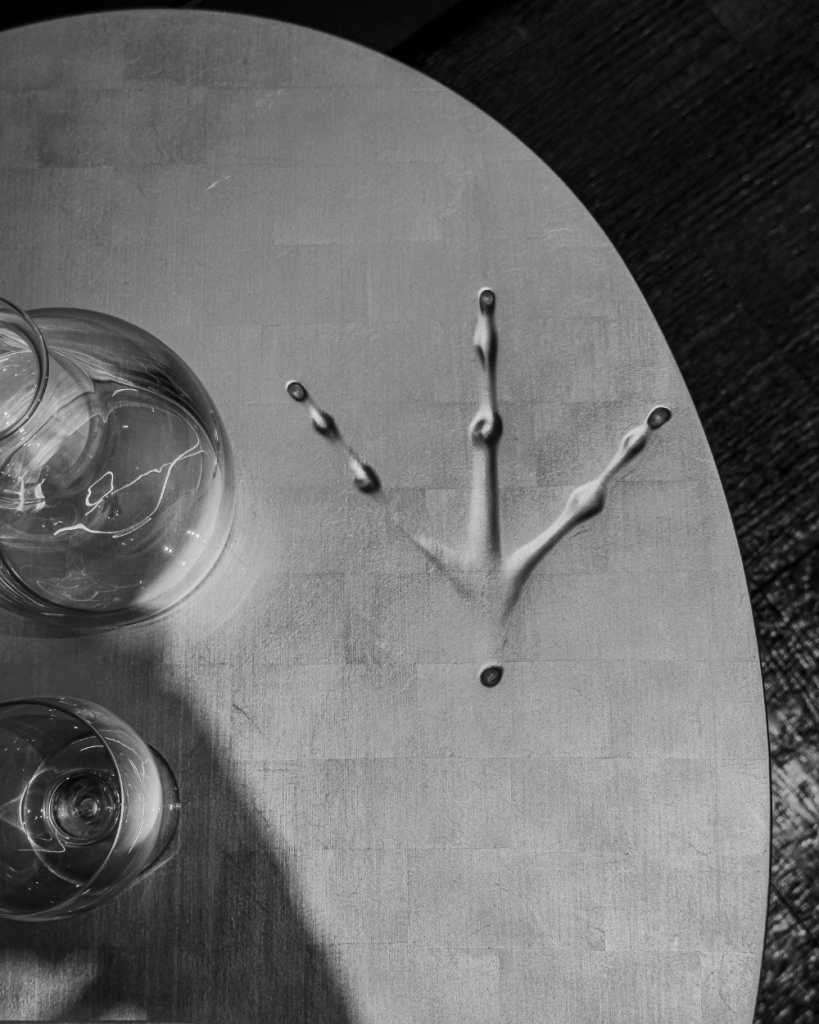
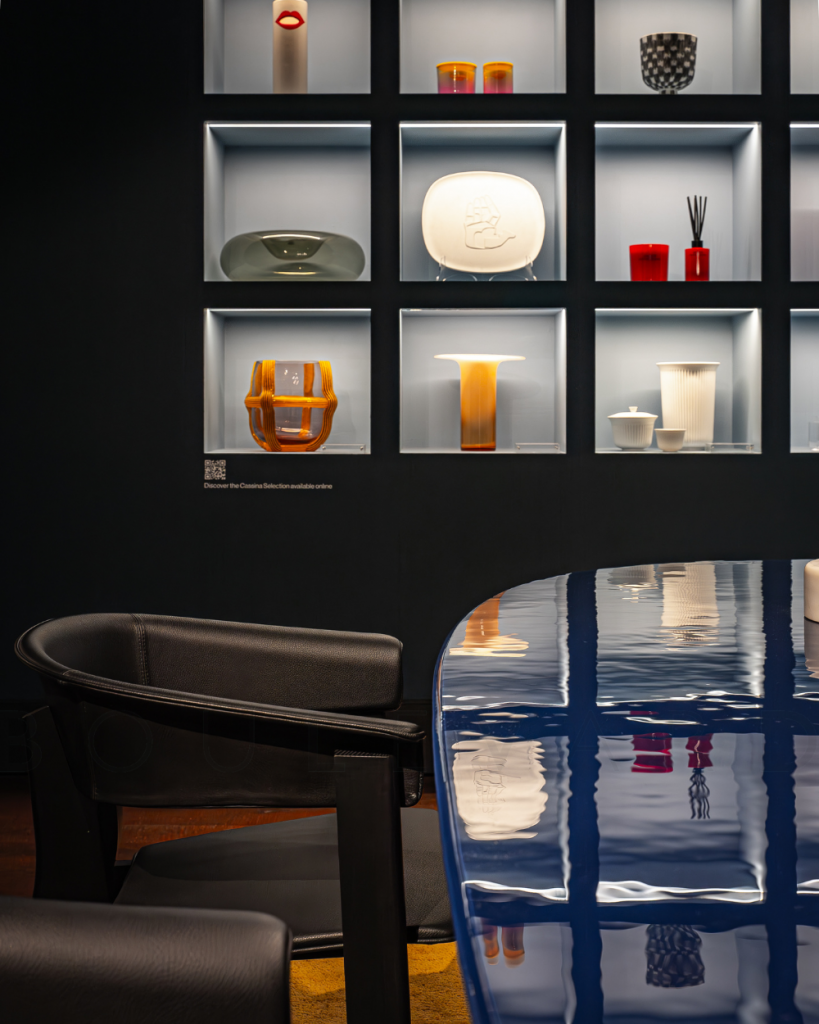
Left: ‘Traccia’ low table by Meret Oppenheim. Right: ‘Back-Wing’ chair by Patricia Urquiola. Top: ‘Treflo’ oval table by Ronan Bouroullec.
Boulevard: In the increasingly crowded space of luxury design, what would you say differentiates Cassina?
Luca Fuso: Cassina is very different from any other company in the design industry. First of all, we started a long time ago—we’ll be turning 100 in 2027. So we have a rich history behind us.
What truly sets us apart is our unique combination of innovation and heritage. Every year, we introduce new designs and experiment with materials and forms, while also offering classic pieces dating back as far as 1902. Our production spans over twelve decades of design, which is rare. With Cassina, you can access this full spectrum in one place.
We’re proud to be the only company where you can combine pieces by different designers, from different eras, in a single room. This allows you to create an atmosphere that feels truly personal—more like your own home than a showroom setup.
That’s our purpose: to create warm, welcoming and deeply personal environments. With our collection, you can build something unique to your space—something you won’t see replicated in a friend’s home with the same palette or products.
Choosing Cassina may require a bit more discernment. But you don’t need to be an expert in design history. You just need to appreciate what you love. That said, crafting a cohesive atmosphere might seem more complex, since it involves mixing pieces from different designers, rather than buying a pre-curated set. But the result is far more satisfying—more cultivated, more expressive, and more refined.
We also work with some of the most respected contemporary designers to deliver modern, forward-thinking pieces. Combined with our historic icons, this balance is what truly sets Cassina apart.
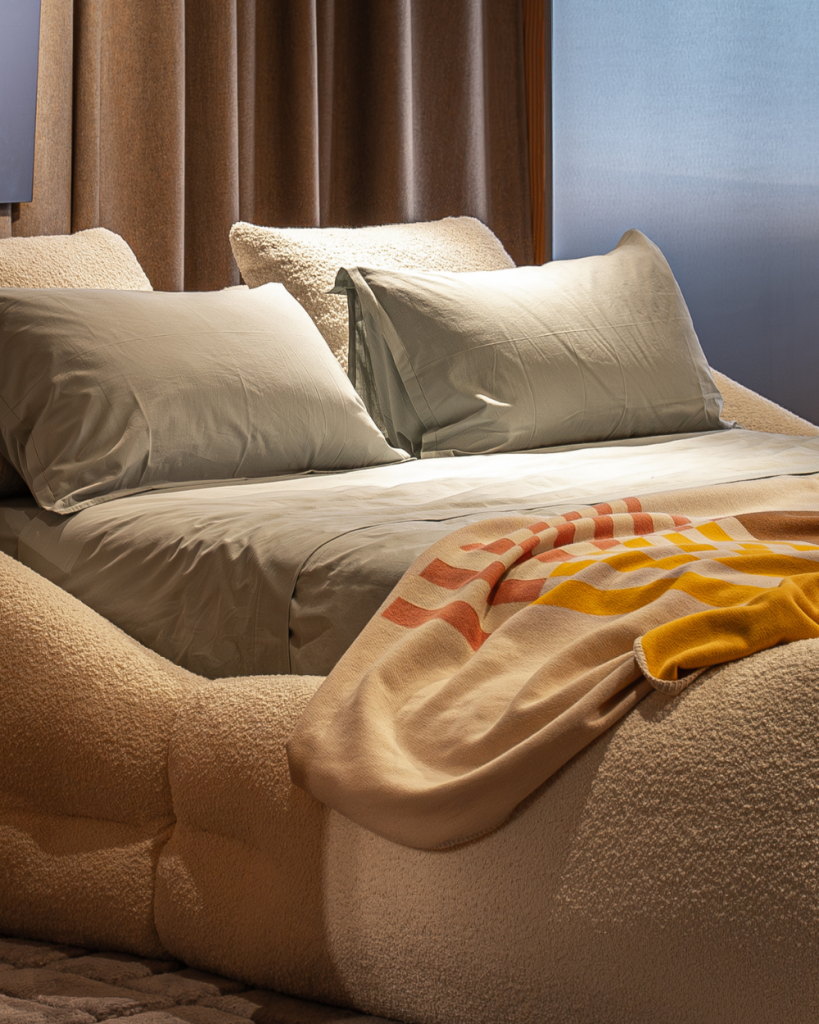
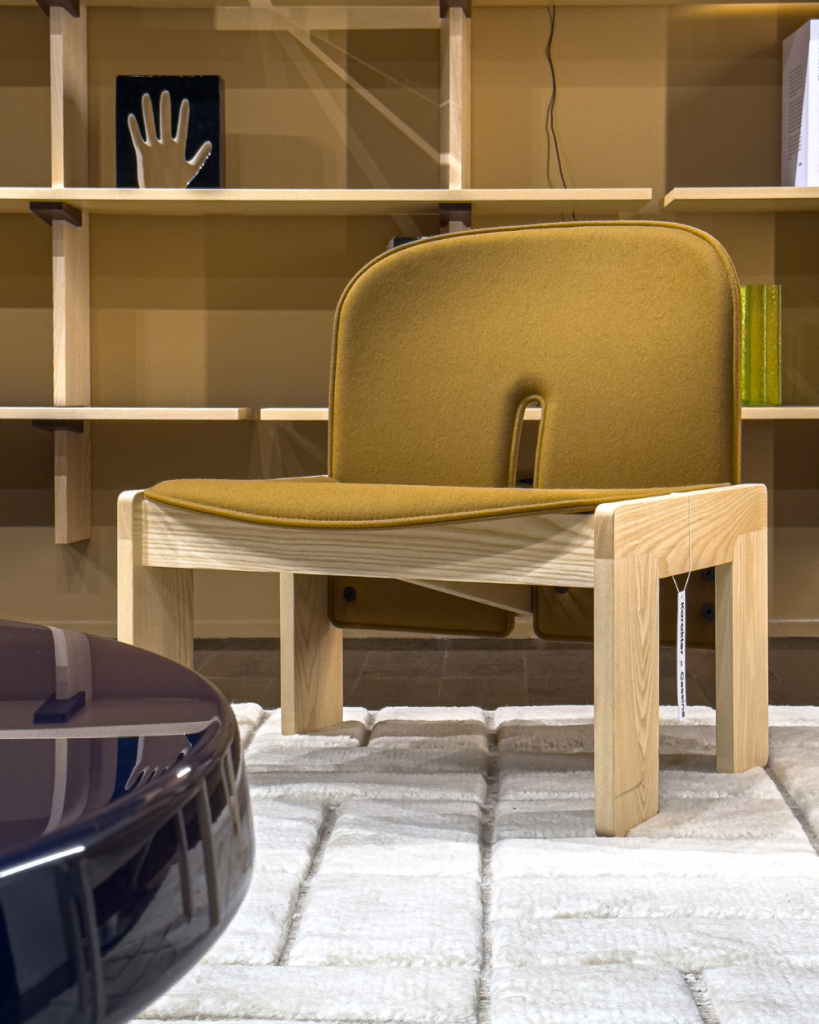
Left: ‘Mon-nid’ bedframe by Patricia Urquiola. Right: ‘Scarpa 925’ chair by Afra & Tobia Scarpa.
Blvd: Some of the classic pieces you’re referring to—they were quite revolutionary in their time, weren’t they?
Fuso: Yes, these classic pieces were truly revolutionary. Take the Le Corbusier, Pierre Jeanneret, Charlotte Perriand Collection, which we’re celebrating now. It’s the 60th anniversary of its edition with Cassina. When it was first presented in 1929, it completely revolutionised the world of furniture.
Essentially, everything that was inside was brought outside—this caused a major shift in the industry. It was a time of significant change in architecture as well, driven by new materials and new methods of production. That’s what made these designs possible. We’re very proud to be the brand that brought them to the world and made them widely accessible.
We’re now celebrating this anniversary with a new edition in blue, red and green—colour was a significant part of Le Corbusier, Jeanneret, and Perriand when they created the pieces. However, these tones were never used in this exact way before. So even with designs that are nearly a century old, there’s still room for innovation—and that’s something we’re very proud of.
“What truly sets us apart is our unique combination of innovation and heritage. Every year, we introduce new designs, while also offering classic pieces dating back as far as 1902.”
Blvd: With a collection as broad and historic as yours, do certain geographies favour specific styles over others?
Fuso: Yes, in some cases, we see more traditional countries—such as central European markets like Germany, Switzerland, and Austria—where it’s more difficult to introduce new styles. These are places where we’re already very well established, but they tend to be conservative when it comes to design. Even though we present a lot of novelties every year, it can be quite a challenge for these markets to embrace change.
Our goal is always to bring innovation, but we do need to consider the cultural context. Japan, for example, is another market that is very traditional. While they embraced design a long time ago, they still have a strong connection to classic styles.
On the other hand, some areas are much more dynamic in adopting new designs. Italy is a good example—partly because much of global design originates here, which naturally leads to faster acceptance of new ideas. Then you have smaller countries like Belgium, where the sales per capita are surprisingly high—it could match that of a much larger country. It’s interesting to see how some countries are far more design-oriented than others.
Korea is a great example of a market that changed dramatically. Until a few years ago, it was relatively stagnant for us. We had a presence, but it wasn’t evolving. Then, during and after the pandemic, there was a sudden and significant shift. We expanded our points of sale into more cities, and today Korea has become one of our largest markets. There was an immediate and widespread adoption of contemporary design that simply wasn’t there before.
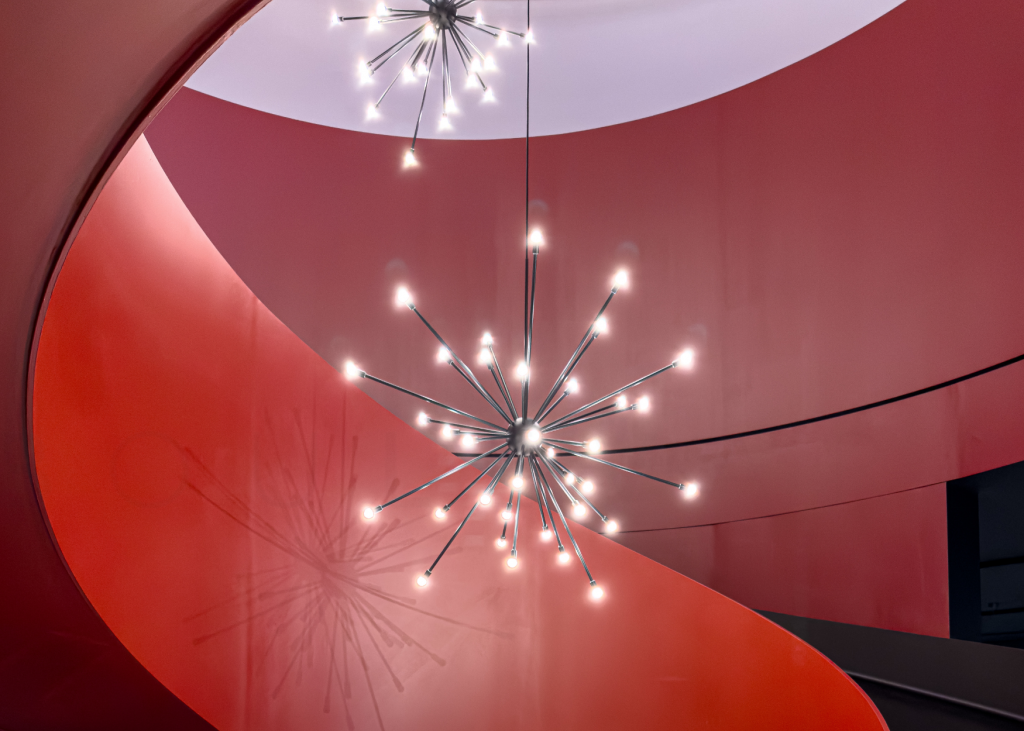
‘Galaxy’ pendant light by Charles and Ray Eames.
Blvd: Thinking about the current or recent collections, which pieces do you see becoming the future icons—those that people will still seek out in years to come?
Fuso: Well, we are very proud of every single product—no matter how big or relevant in the collection. We put all our commitment into making every product with the idea that it could stay in the collection for the next hundred years.
So if you ask me, every product should stay for one hundred years. But then our collection would be so big that we couldn’t handle it, because we present a lot of novelties. We’re a little bit bulimic in terms of how many new launches we make every year. It’s difficult to say which products will remain. But again, as we design and manufacture every product to last forever; for us, it’s the same approach.
Of course, there are items I like more than others—but that’s just personal taste.
“Our goal is always to bring innovation, but we do need to consider the cultural context.”
Blvd: What are some of the highlights for you in the current collection?
Fuso: This year, we are presenting for the first time a very large table displayed in the window of our flagship showroom [shown below]. It’s a 3.6m-long table originally designed by Afra and Tobia Scarpa in the 1970s, which we are now repurposing with a completely new take. The designer is still alive, so we’ve been consulting with him on the change in dimensions. It’s a sculptural piece with a base crafted from wood with solid metal.
In my opinion, this is going to become an iconic piece. In some countries, where large families and spacious homes are common, there’s a real need for big tables. People enjoy having lunch or dinner with many gathered around. And judging by the reactions from the first customers who’ve visited us, I’m confident this will be a very successful piece.
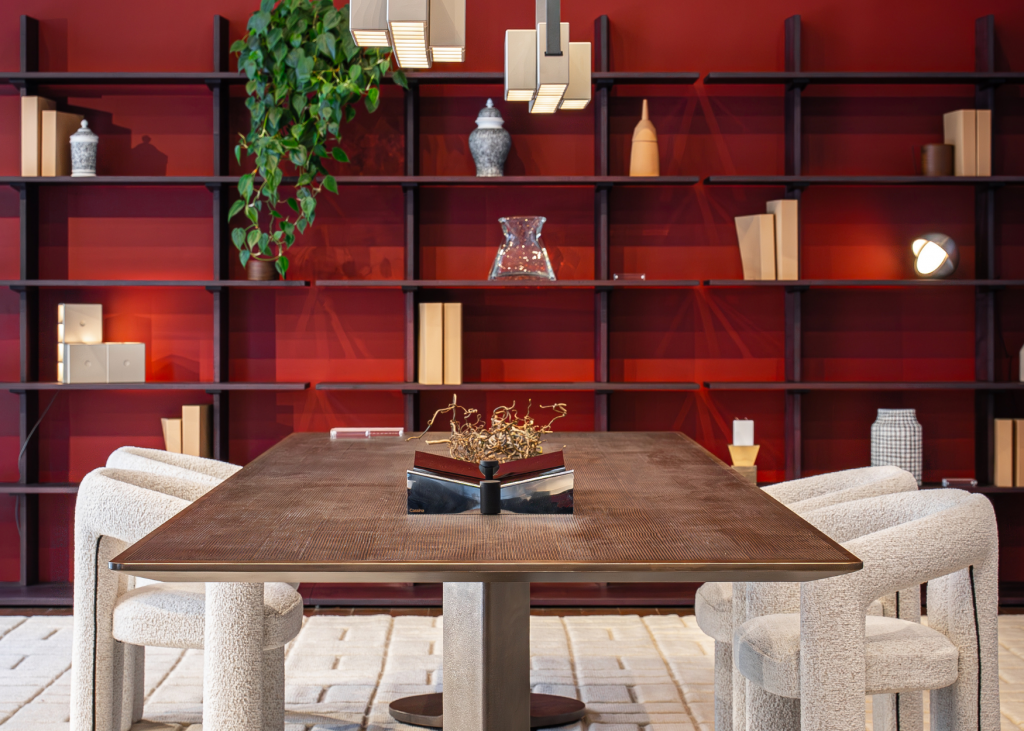
‘TL59’ dining table by Afra & Tobia Scarpa.
Blvd: The table you mentioned is certainly striking, but not overstated. It strikes that balance between having a strong presence without overdoing it—would you say that kind of restraint is part of Cassina’s design language?
Fuso: Yes, it’s not overpowering. I think that’s a key feature of all our products. They’re present, but they’re not showy. We don’t like that. Everything needs to be subtle in order to be elegant, and we believe that’s one of our most important characteristics.
This approach also means our products are more likely to stand the test of time—people continue to like them. Once you have a piece in your home, you won’t feel the need to replace it.
Of course, that’s not ideal for us in terms of sales—we’d sell more if our pieces went out of fashion. But we believe it’s more important for a design to be timeless, to remain part of the home for a long time, and to be passed down through generations. That’s what truly matters to us.
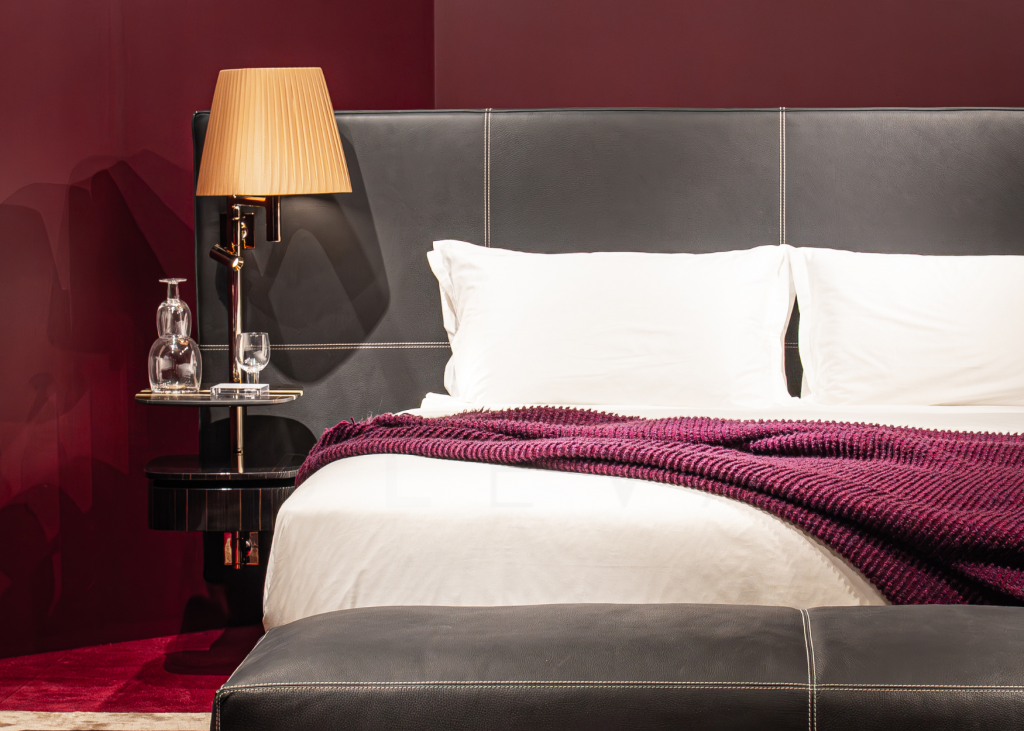
‘Volage Ex-S Night’ bedframe by Philippe Starck.
Blvd: How does the current collection reflect your heritage while also pushing it forward through innovation?
Fuso: We try to bring together both heritage and innovation. It’s not that we focus only on innovation or only on reviving items from the past—we aim to balance both. In many cases, we’ve added pieces to the collection that were originally designed many years ago but never manufactured. Sometimes, we come across designs by great designers that, for various reasons, were never put into production.
So we discover pieces that were conceived decades ago but feel incredibly modern today. In this latest release, we have a couple of examples of items that were originally created for private homes but were never industrialised—never made available for sale. Now, maybe 60 or 70 years later, we’re introducing them, and they look surprisingly contemporary.
That’s something we really value. It’s a key part of what differentiates us. We seek out what’s new—not just in what’s designed today, but also in what was imagined in the past but never realised. It’s the combination of the new and the classic that gives the collection its distinctive character.
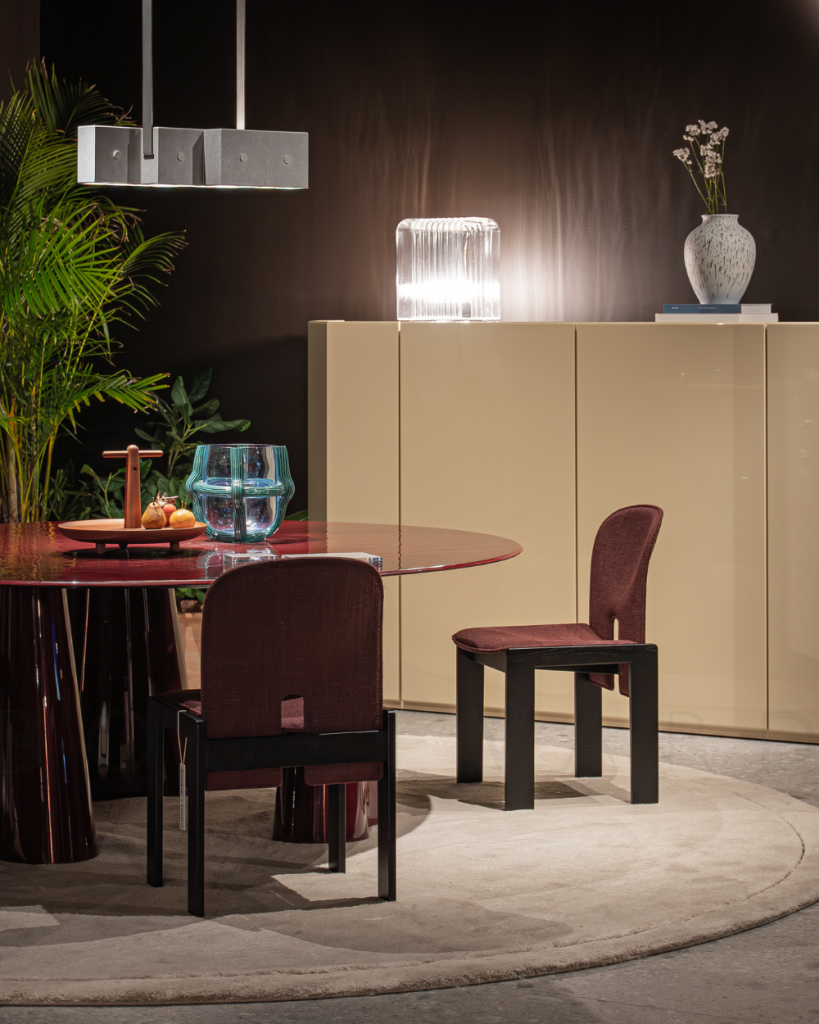
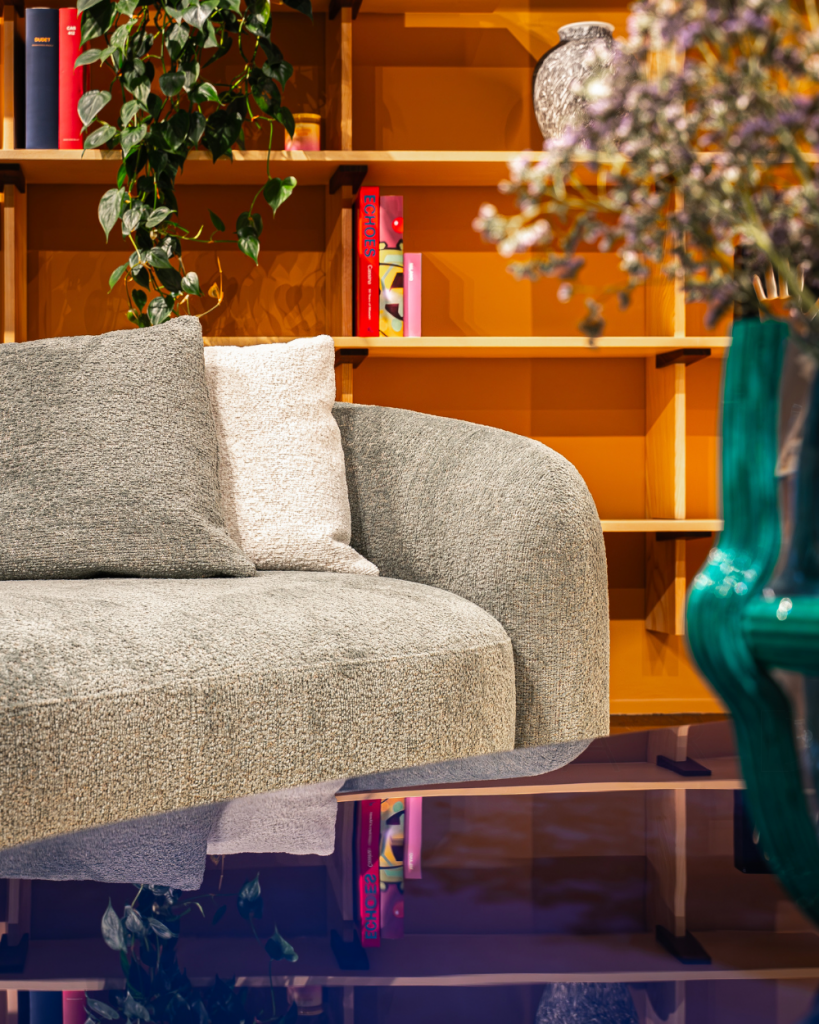
Left: ‘Treflo’ oval table by Ronan Bouroullec. Right: ‘Dudet Bold’ sofa by Patricia Urquiola.
Blvd: What would you say is the mood or emotion of the current collection? There’s a lot of strong yet understated colour—burgundies and maroons—and textiles that are sublimely complex. The pieces feel structured but incredibly welcoming. What kind of feeling were you aiming to evoke?
Fuso: It’s always about a thoughtful combination of strong design with the right choice of materials and a palette of different colours that are consistently warm. Some are bolder, others softer, but together they create an impact that’s noticeable without being overwhelming. You feel it, but it doesn’t shout. It’s subtle yet present.
There must always be a balance between strong and light elements that when combined well, they create something that feels welcoming and harmonious. That’s the goal—to make people feel at home, at ease, and comfortable in every space we create.
“I think the key feature of all our products is that they’re present, but they’re not showy. Everything needs to be subtle in order to be elegant.”
Blvd: And what are you still learning in the space of design?
Fuso: There’s always a lot to learn. As we expand our collection into new segments—like outdoor, night areas, accessories, carpets, lighting, and now walk-in wardrobes—each addition teaches us something new.
For example, lighting isn’t just about design. The quality of light matters—it needs to create an atmosphere without being disruptive. That’s why we developed our own lighting, to complement the mood our furniture sets.
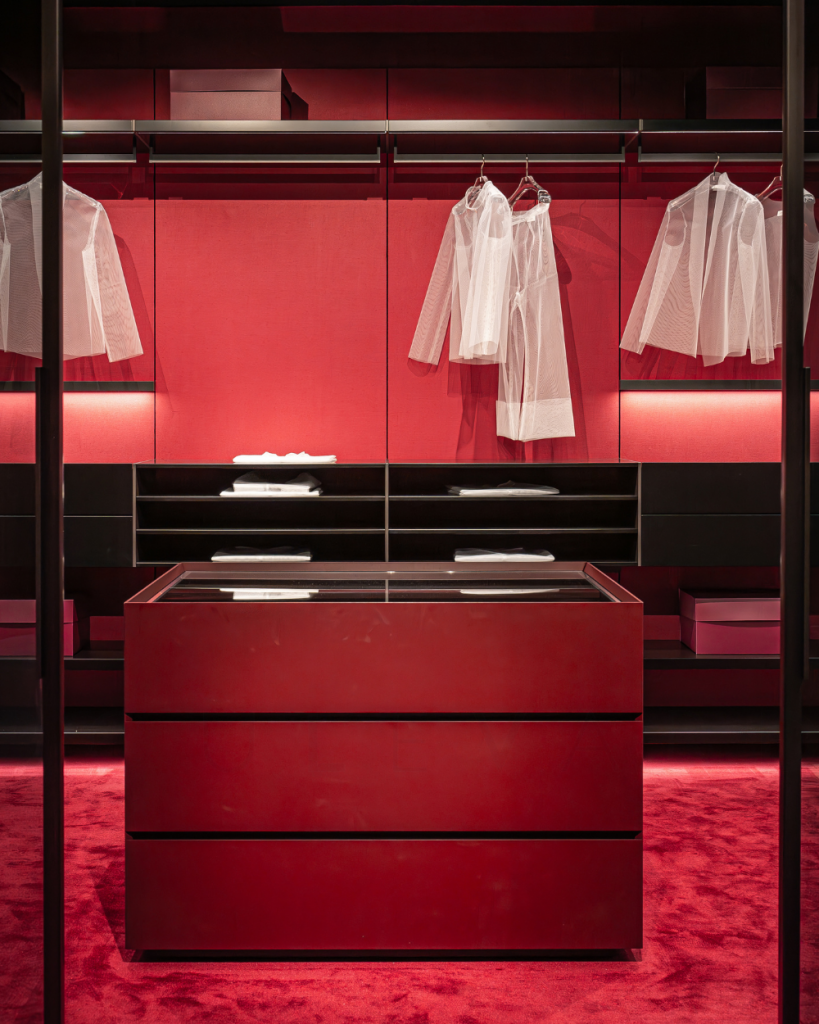
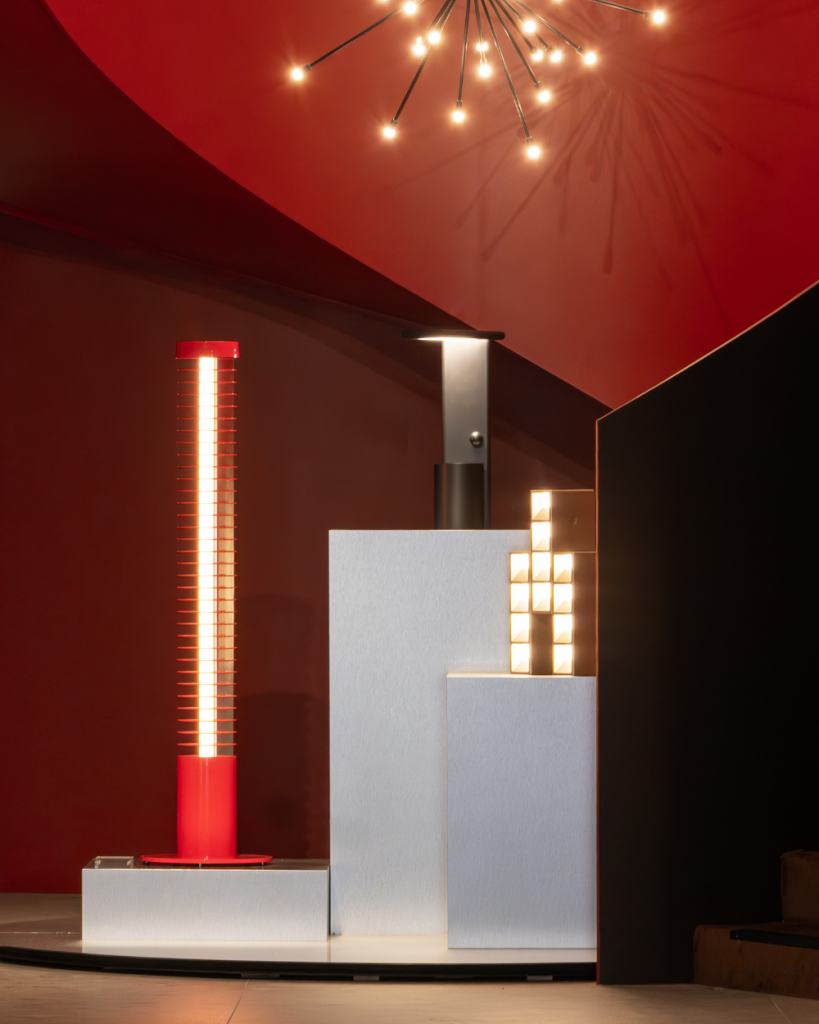
Left: ‘Ghost Wall — WW’ walk-in wardrobe and ‘Ghost Box’ cabinets by Mikal Harrsen. Right: ‘Iride’ floor lamp by Ico Parisi; ‘Polyshape’ table lamp by Ferréol Babin; ‘Tsai Light’ table lamp by Mario Tsai.
The same approach applies to accessories and now to wardrobes. This year marks our first presentation of walk-in wardrobes, designed not just for function or detail but to reflect a concept. We call it the “ghost wall”—a system that blends into the environment, allowing personal expression through elements like art or custom wallpaper.
So yes, even after many years, we’re constantly learning—refining how we create spaces that are not only beautiful and functional, but also deeply personal.
This is part of a series of interviews conducted at Salone del Mobile—go further with the 2025 edition of the Milan Design Week.
Read next:
